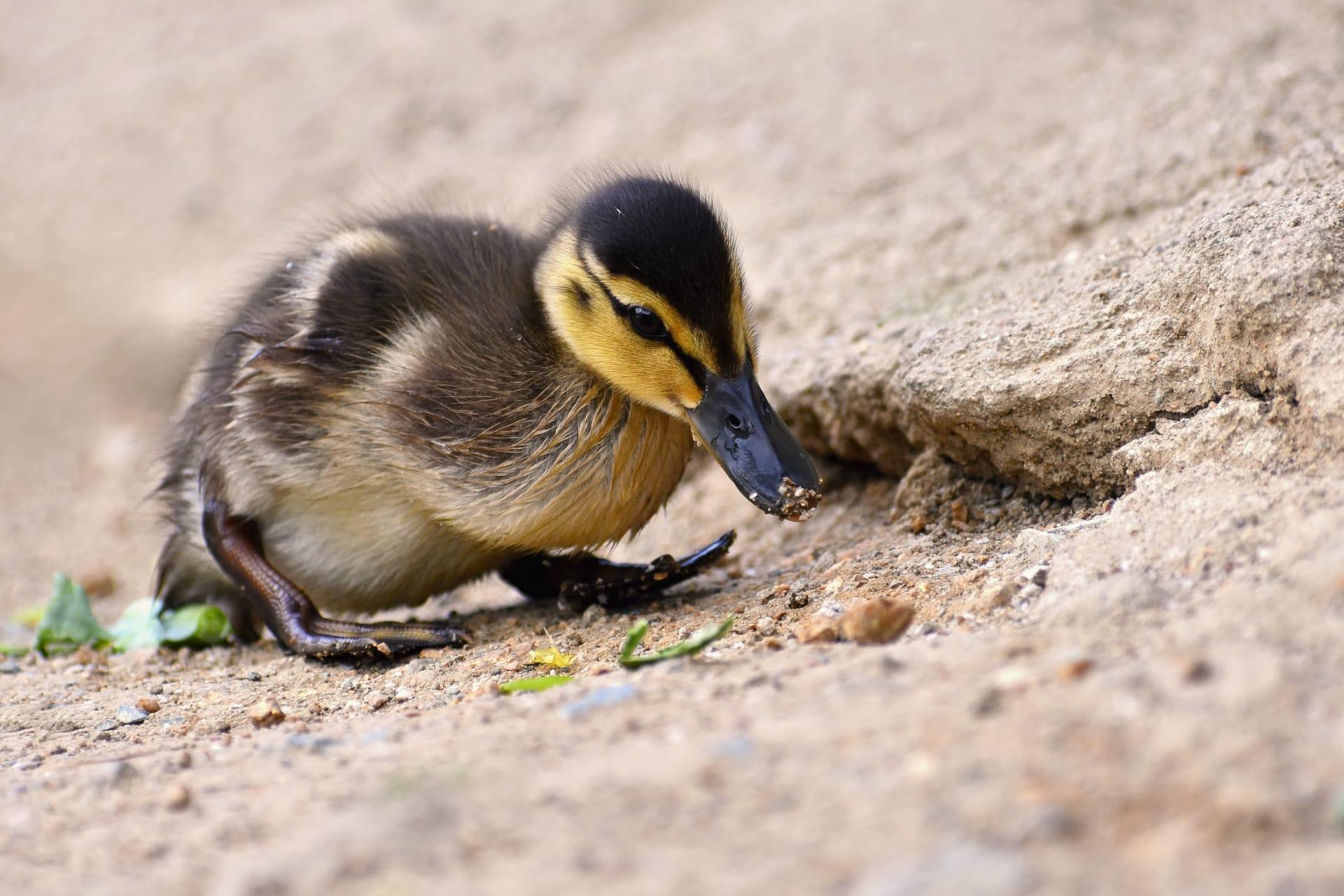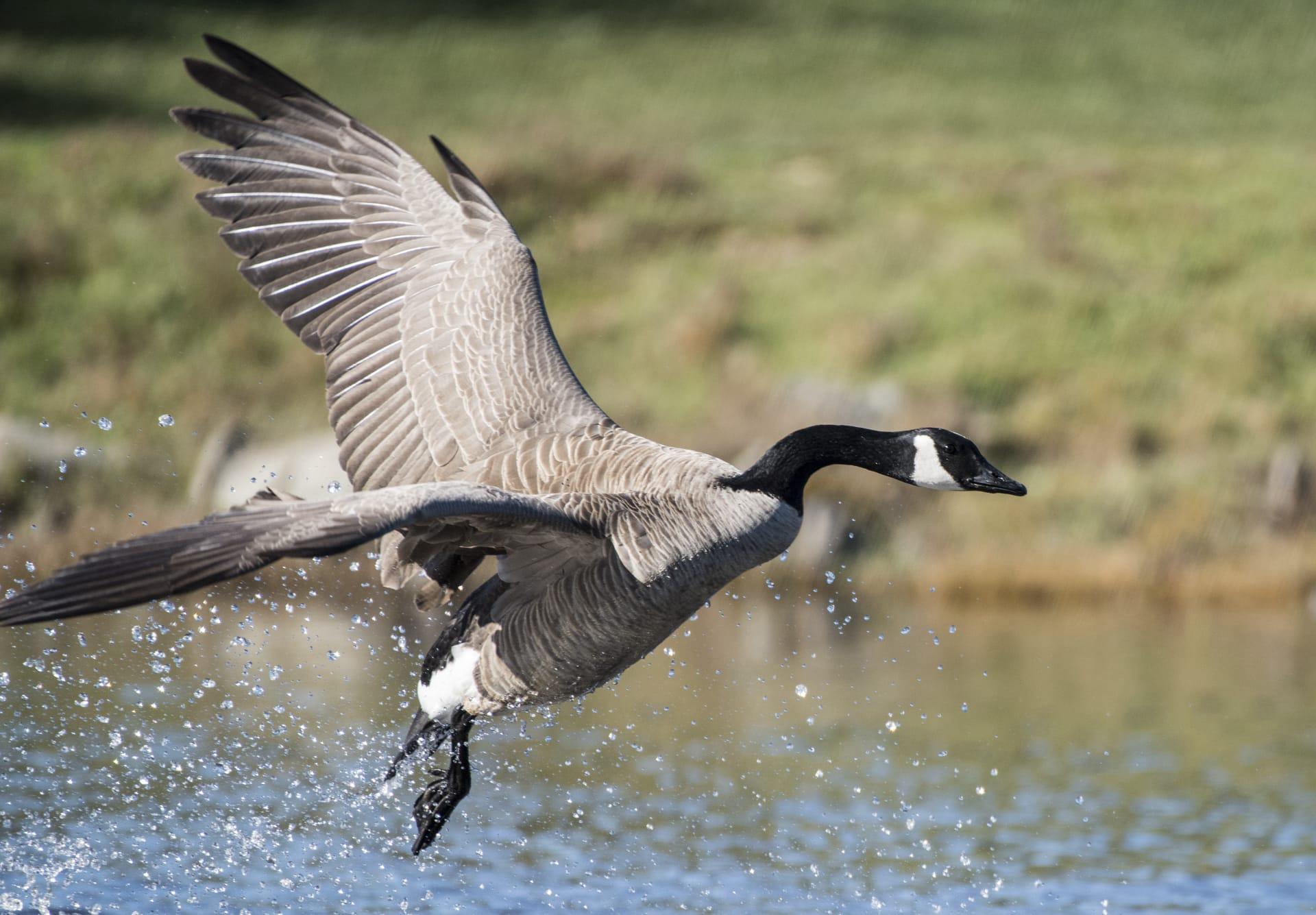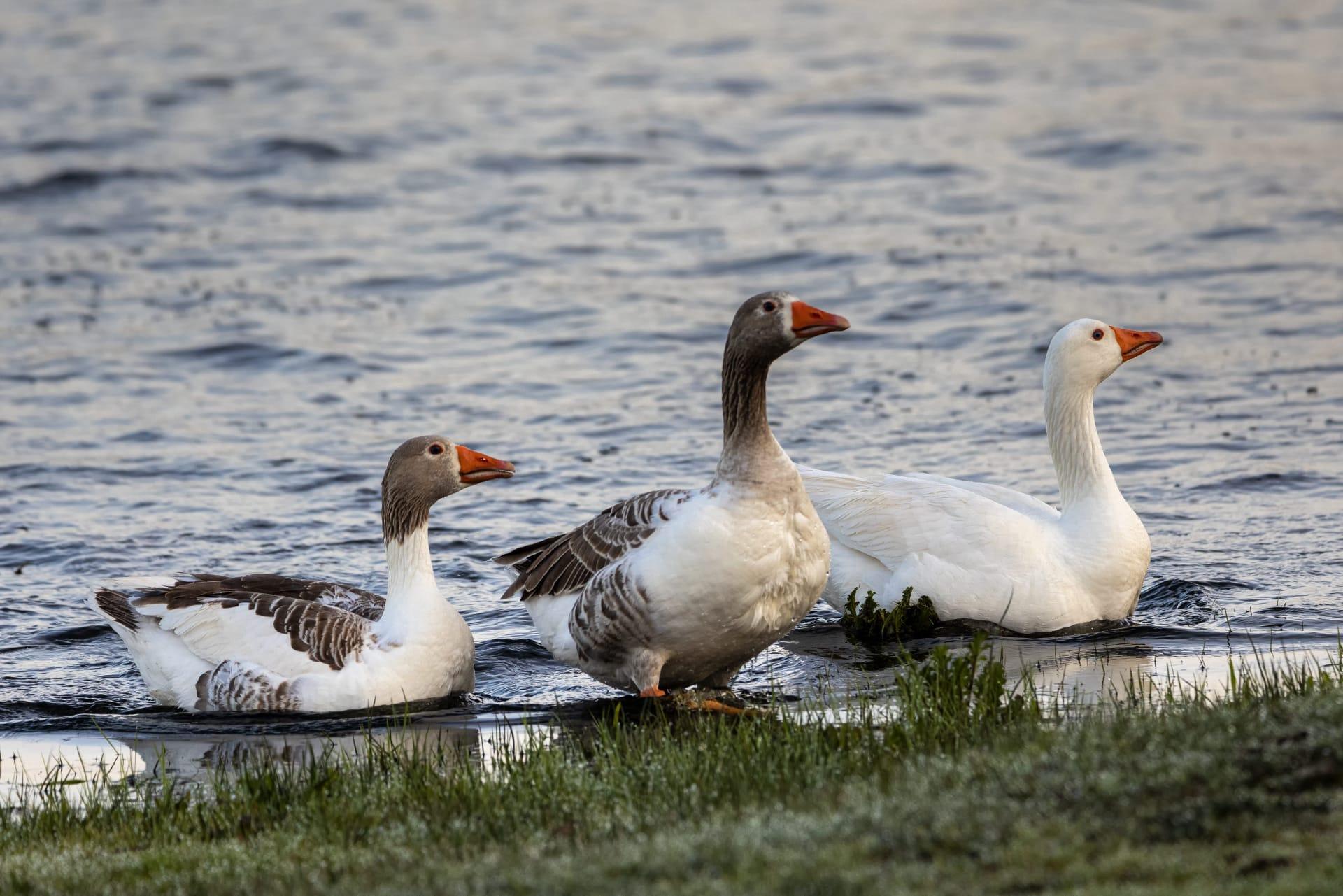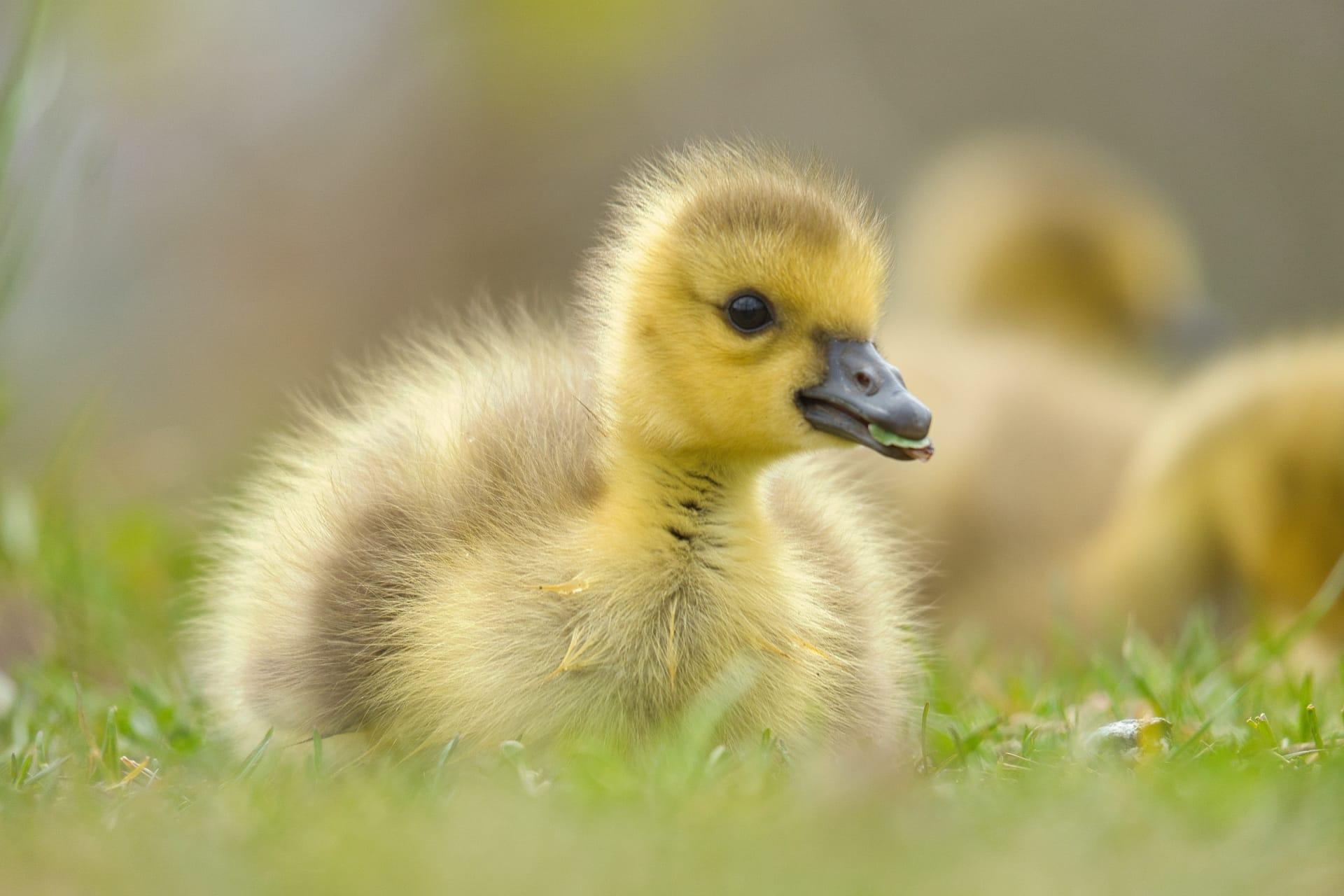Duck
- Home /
- Mini Encyclopedia /
- Animal /
- Duck
1
Ducks, members of the family Anatidae, are broadly divided into several species groups such as the mallard, diving ducks, sea ducks, and more. The mallard, scientifically known as Anas platyrhynchos, is perhaps the most well-known species, recognized by its vibrant green head in males. Diving ducks, like the canvasback (Aythya valisineria), are adapted for deep water feeding. Meanwhile, sea ducks, including the common eider (Somateria mollissima), are specialized for life in marine environments. Each species exhibits unique adaptations, be it in plumage, size, or feeding habits, reflecting the incredible diversity within this bird family.
Ducks are found worldwide, with species adapted to a wide range of habitats including freshwater lakes, rivers, marshes, and coastal regions. In North America, the mallard is widespread, inhabiting both urban and rural water bodies. The canvasback prefers larger bodies of water like lakes and bays, while the common eider is predominantly found along northern coasts. Migration is a key aspect of many duck species' lives, with remarkable journeys spanning thousands of miles. For instance, the northern pintail (Anas acuta) migrates between breeding grounds in the Arctic tundra and wintering sites in the southern United States and Central America.

2
Question: Do all ducks quack?
Answer: Contrary to popular belief, not all ducks quack. In fact, the classic 'quack' is primarily associated with the female mallard. Other duck species have a wide range of vocalizations. For example, the wood duck (Aix sponsa) produces a high-pitched whistle, while the red-breasted merganser (Mergus serrator) has a low, croaking call. This diversity in sound is a reflection of their varying environments and communication needs. The misconception likely stems from the widespread presence and vocal nature of the mallard in urban and suburban areas, making its quack the most familiar duck sound to humans.

3
Ducks employ various survival strategies that are fascinating. For instance, many species exhibit strong migratory behavior, traveling to regions with abundant food and suitable breeding conditions. This migratory pattern helps them avoid harsh weather and exploit different ecological niches. Ducks also have waterproof feathers, an adaptation achieved by preening with oil from a gland near their tails. This waterproofing is vital for their water-based lifestyle. Additionally, ducks have highly developed vision, with the ability to see a broader spectrum of colors than humans, aiding them in foraging and predator detection.
Another key survival strategy is their diverse diet. Ducks are omnivorous and have a varied diet that includes aquatic plants, insects, small fish, and grains. This dietary flexibility allows them to thrive in various environments. Some species, like the mergansers, have specialized bills for catching fish, demonstrating how different duck species have adapted to exploit different food sources effectively. Their feeding habits also contribute to ecosystem health by controlling pest populations and facilitating the spread of plant seeds.

4
In ecosystems, ducks play a multifaceted role. They act as both predator and prey, maintaining a delicate balance. As predators, they help control populations of small fish, insects, and aquatic plants, thereby influencing the health and composition of their habitats. This predatory role can be crucial in maintaining the balance of aquatic ecosystems, preventing overpopulation of certain species.
Ducks also serve as prey for a variety of predators like foxes, large fish, and birds of prey. This predation is vital for the food web, supporting the survival and health of higher trophic levels. Furthermore, ducks contribute to the health of aquatic environments through their feeding activities. By uprooting aquatic vegetation, they help aerate water bodies, which is beneficial for other aquatic organisms. Additionally, their droppings enrich water with nutrients, aiding in the growth of aquatic plants and supporting the overall productivity of the ecosystem.

5
Film: "The Secret Life of Ducks" (United Kingdom, 2018) offers an intimate look into the lives of various duck species. This documentary explores their diverse habitats, from urban ponds to remote Arctic lakes. It highlights their complex behaviors, migration patterns, and the challenges they face in the wild, providing insights into their importance in the ecosystem.
Book: "Ducks: A Natural History" (United States, 2020) by Michael King. This book delves into the fascinating world of ducks, covering their biology, behavior, and the role they play in different ecosystems. King's work is a comprehensive guide that also discusses conservation efforts and the impact of human activity on duck populations.
Book: "The Wonder of Ducks: Nature's Amazing Waterfowl" (Canada, 2019) by Sarah Allen. Allen's book is a celebration of the diverse species of ducks found around the world. It features vivid descriptions of their life cycles, habitats, and the unique adaptations that allow them to thrive in various environments. The book is filled with stunning photographs and interesting anecdotes, making it an engaging read for both bird enthusiasts and casual readers.